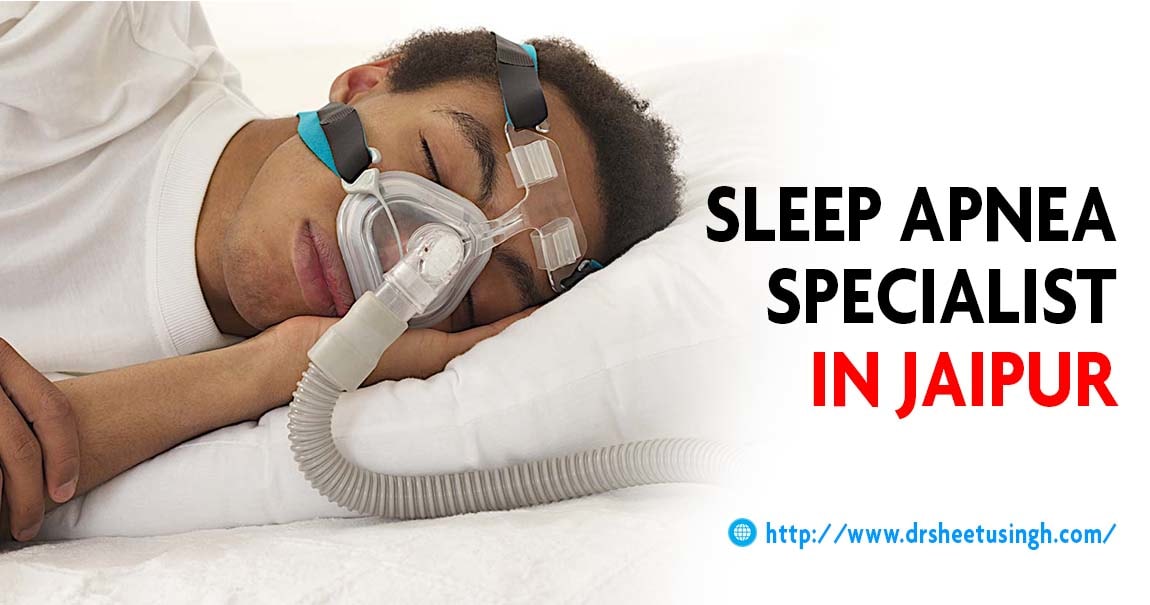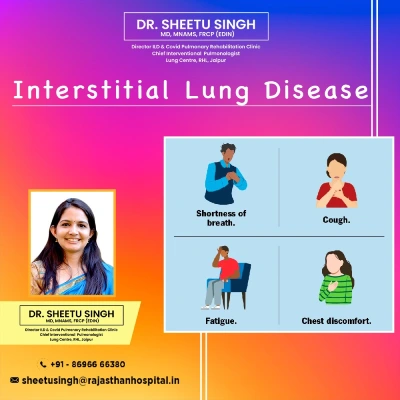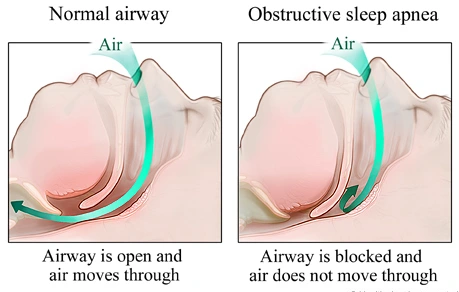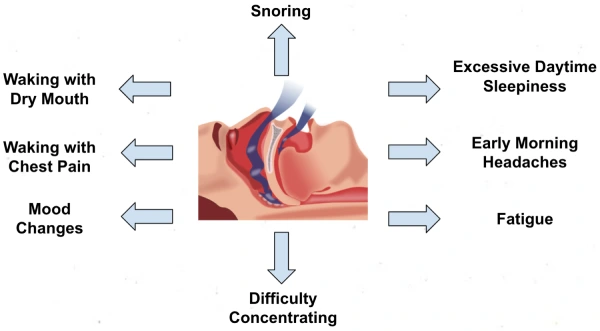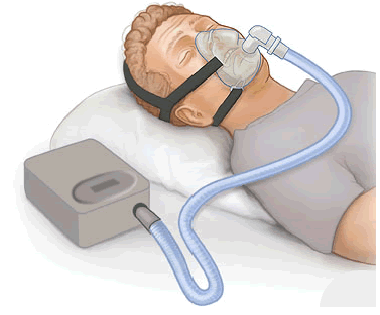Obstructive sleep apnea (OSA) is characterized by episodes of the airway collapsing completely or partially and arousing the patient from sleep or causing a drop in oxygen saturation. Fragmented, nonrestorative sleep is the result of this disturbance. The effects of OSA on cardiovascular health, mental disease, quality of life, and driving safety are severe. The interprofessional team’s involvement in treating obstructive sleep apnea is highlighted in this activity, which also discusses the disease’s pathophysiology and causes. Dr. Sheetu Singh, is the best sleep apnea specialist doctor in Jaipur.
This kind of sleep apnea happens when the muscles in your throat periodically relax and close off your airway. Snoring is an audible symptom of obstructive sleep apnea. If you are looking for an obstructive sleep apnea specialist doctor in Jaipur, then Dr. Sheetu Singh is the best doctor for sleep apnea treatment in Jaipur, Rajasthan, India.

